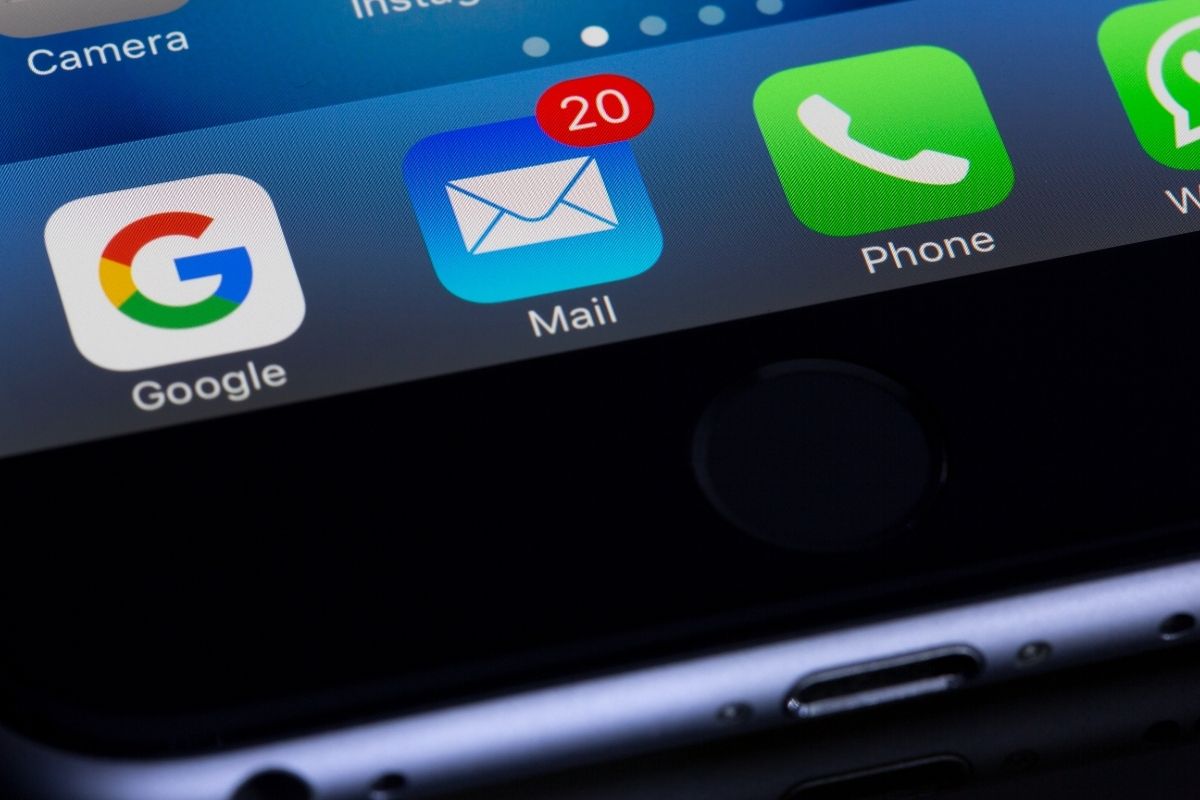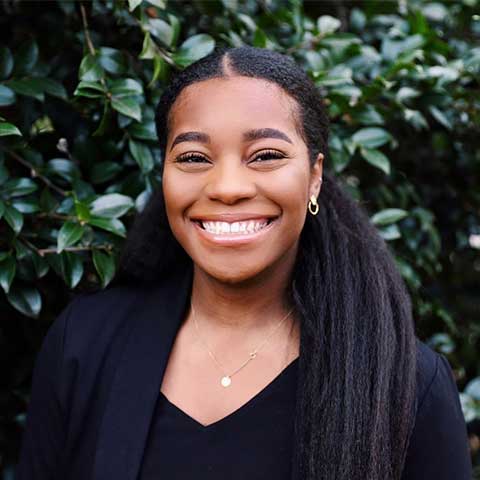Best Email Marketing Practices for Virtual Events
With the saturation of virtual events, it’s now more important than ever to strategize our email marketing efforts to effectively engage our alumni and spread the word of online event offerings. But how do we do that? Here are some tips to implement in the email marketing strategy for your next virtual event:
Narrow your audience
You have a beautifully crafted email invitation ready to go for your event … but who do you send it to? Considering your audience and being thoughtful about who you send an email invitation are instrumental. Your first thought may be to send it to as many people as possible. However, it’s a general misconception that sending to more people will yield more registrations. In actuality, smaller audience sizes lead to higher open rates, more engagement and fewer opt-outs. Make sure the event and content you are offering is relevant to your chosen audience to increase event registrations.
Have a Clear Call-to-Action
Don’t leave your audience wondering about the point of your email. If your main goal is to get registrations, make that clear and easy to accomplish with buttons, text links, and linked images to your registration page. Any secondary CTAs (like donating to a fund) should be apparent, but not as prominent as your main CTA.
Use GAIL & ASKit to help you
Sending all your event communications through GAIL will not only keep your invitations organized, but it also allows you to use GAIL smart queries to communicate with current registrants of the event or past registrants of a similar event or series. Additionally, it’s always best to include the event login link in your registration confirmation email to ensure everyone has easy access to it before the event starts. Get ahead of the game and include it in your ASKit request! Pro tip: if you didn’t get the email open results you hoped for, try resending the invitation to non-openers within a few days. ASKit can help you get the selection you need to reach those who didn’t open your initial email.
Timing
Since virtual events don’t require a lot of pre-planning on the audience’s part to attend, the promotion period doesn’t have to be as long as it might be for an in-person event. We recommend sending the initial invitation at least two weeks prior to the event. However, adjust this timeline depending on the type of event you are hosting. For example, a virtual book club will require more preparation on the registrants’ part, so promoting it 3-4 weeks in advance is appropriate. Once you send the initial invite, don’t forget about communicating to your registrants. Sending a reminder about the event to registrants either the day before or the day-of is a good practice to combat attrition.
Send a Follow-up
So, your event is over; you’re ready to check it off your list and move on to other things. Stop right there! Don’t miss the opportunity to reach your audience one last time by sending a follow up email! Use your follow-up email as an opportunity to reintroduce relevant information from the event, ask for feedback, and promote similar or upcoming events that would interest your audience. Your follow-up email should go out as soon as possible after the event, ideally within 1-2 days at most, so that the event is still fresh on the attendee’s mind.
Following these strategies will easily help you take your email marketing to the next level for future virtual events!





